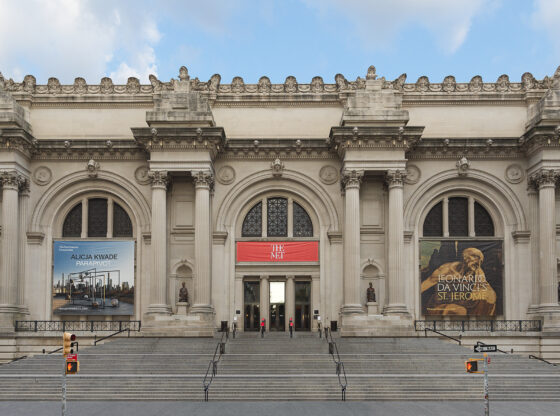anities and Social Sciences book club discussed the novel, “In the Time of Butterflies” last quarter in preparation for the visit of the author, Julia Alvarez, this April.
The book, which tells the historical tale of revolution and romance in the Dominican Republic, is a read that is sure to capture both the heart and the imagination. If you are interested in hearing Alvarez speak in April, this is a must-read.
“In the Time of Butterflies” brilliantly portrays true human emotions such as distress and romance, serving as a testament to four brave sisters who lived and fought against Rafael Leonidas Trujillo in the Dominican Republic during his reign in the 1940s and 1950s.
The Mirabals, known by their code name las mariposas, have reached an iconic status today in the Dominican Republic, symbolizing freedom and women’s rights.
Alvarez still remembers reading about the Mirabal sisters’ death in a magazine article as a young girl.
Her family had relocated to New York City only months before, narrowly escaping Trujillo’s infamous secret police.
“[The Mirabal sisters] became haunting figures in my imagination. My three sisters and I had made it. Three of those four sisters had not. I knew I had a debt to pay,” Alvarez states in an author’s note at the conclusion of her novel.
However, “In the Time of the Butterflies” is much more than a repaid debt. It is an artistically rendered testament to the human condition.
“In the Time of the Butterflies” begins with an aged woman retelling the heroic tale of her and her two revolutionary sisters. The narrative proceeds to plunge the reader into the past, painting the elderly storytellers with life and vibrancy.
The reader is introduced to the sisters during their adolescence, subsequently grows attached to them as they become strong, inspirational young women, and grieves for them as they sacrifice their livelihoods for their country.
It is an astonishingly personal account of the severe oppression that Dominican Republicans faced under Trujillo.
The Mirabal sisters, targeted for their participation in underground movements were deprived of even their most basic rights. Their private homes bugged, they could only talk about their opinions of the movement in the most abstract of terms.
Maria Teresa and Minerva were both imprisoned, their experiences of hopelessness, torture and courageous steadfastness recorded beautifully in the novel’s diary format.
The novel builds to both a terrifying and heart-wrenching climax as three of the four sisters are brutally beaten to death and pushed over a cliff in their Jeep in an attempt by Trujillo to frame the assassinations as an accident.
The fact that the reader knows of the demise of the Mirabal sisters beforehand (from the back cover of the novel) does not make it any less suspenseful, but perhaps more so, as it is not a question of “if,” but “when.”
Julia Alvarez, the author, will be coming to DU on April 17 as the featured speaker at the inaugural AHSS Distinguished Speaker Series. The lecture will be in Davis Auditorium in Sturm Hall at 6:30 p.m., with a brief reception at 6 p.m. before the lecture.










